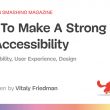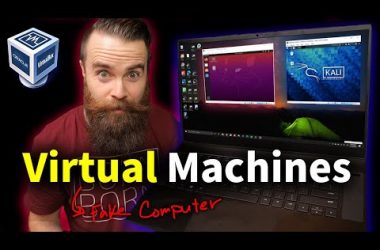How do edge computing and IoT interact? On the IoT For what Podcast, Ryan Chacon and Julian Chesterfield, the founder and CTO of Sunlight.io, go over what you need to know about edge computing and the Internet of Things.
They go over the differences between edge computing and the Internet of Things, the problems with the latter that edge computing addresses, the advantages and disadvantages of edge computing, the use of AI and ML in edge computing, the difficulties of edge computing, integrating edge computing with legacy infrastructure, computer vision, and the practical applications of edge computing in the real world.
Julian Chesterfield has over 15 years of experience in the virtualization and cloud computing fields. Following his PhD studies at Cambridge University, he started working on the development of Xen, a technology that, when embraced by Amazon and the majority of the then-emerging public cloud infrastructure providers, became the cornerstone of the public cloud back in 2007.
In order to create a lightweight hypervisor for low-power ARM processors, Julian started Sunlight.io as an incubator project in 2013 When Julian and the founding team saw how valuable it was for data-intensive applications at the Edge, they integrated it into Sunlight, a complete hyperconverged infrastructure stack. After obtaining $6 million in Series A funding in December 2020, Sunlight went on to introduce new products, such as the Marketplace and the Sunlight Infrastructure Manager (SIM). Julian was once the Chief Scientific Officer of OnApp and the Storage Architect of Citrix.
The quickest and thinnest HyperConverged Infrastructure platform designed for edge-running applications is Sunlight.io. They enable the easy management of infrastructure and applications at the edge, spanning hundreds to thousands of edge devices, much like they would “in the cloud.” Sunlight integrates all of your on-site edge applications with centralized management, excellent performance, and high availability thanks to its ruggedized, efficient edge hardware.
One of their main offerings is the Sunlight HyperConverged Edge, a bare-metal, full-stack virtualization platform that integrates networking, storage, and processing power from one to several servers into a single system or cluster. Dispersed among x86, AMD, Arm, and NVIDIA Jetson processors, each cluster can combine many Windows, Linux, or container instances.
Sunlight A single pane of glass for managing and monitoring edge resources, taking backups, relocating workloads, and launching new distant clusters is offered by NexCenter, a centralized UI and API. The AppLibrary, a key component of NexCenter, enables users to create and retrieve playbooks (images & recipes) for instantly deploying apps and related infrastructure to hundreds or thousands of distant clusters.
Key Topics from this IoT For All Podcast Episode with Julian Chesterfield:
- Introduction to Julian Chesterfield and Sunlight.io
- Exploring the differences between IoT and edge computing
- How edge computing addresses IoT challenges
- Cost benefits associated with edge computing
- The impact of AI and ML on edge computing
- Common challenges faced in edge computing
- Integrating edge computing with legacy infrastructure
- Overview of computer vision
- Real-world applications of IoT and edge computing
- Predictions on the future of edge computing








